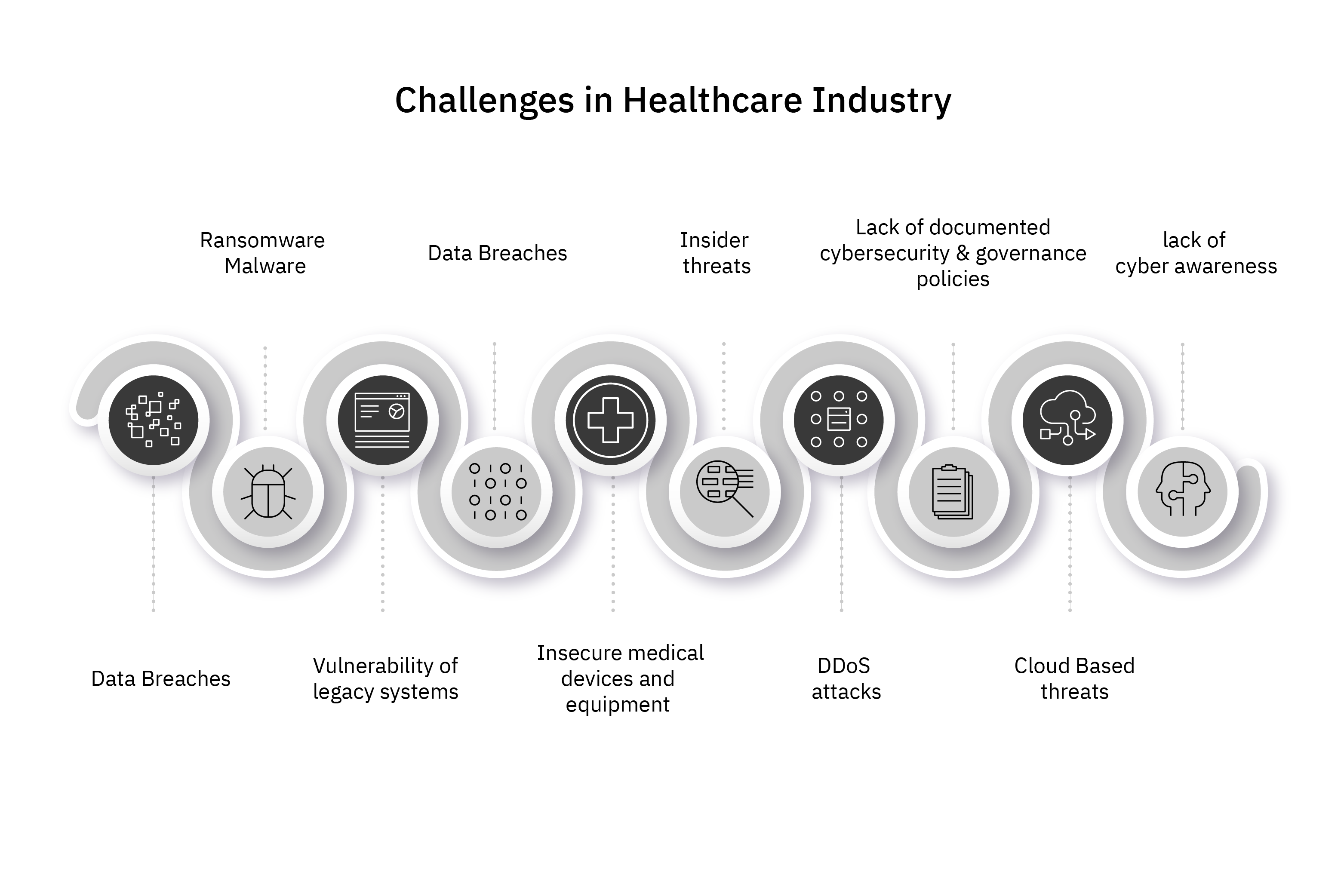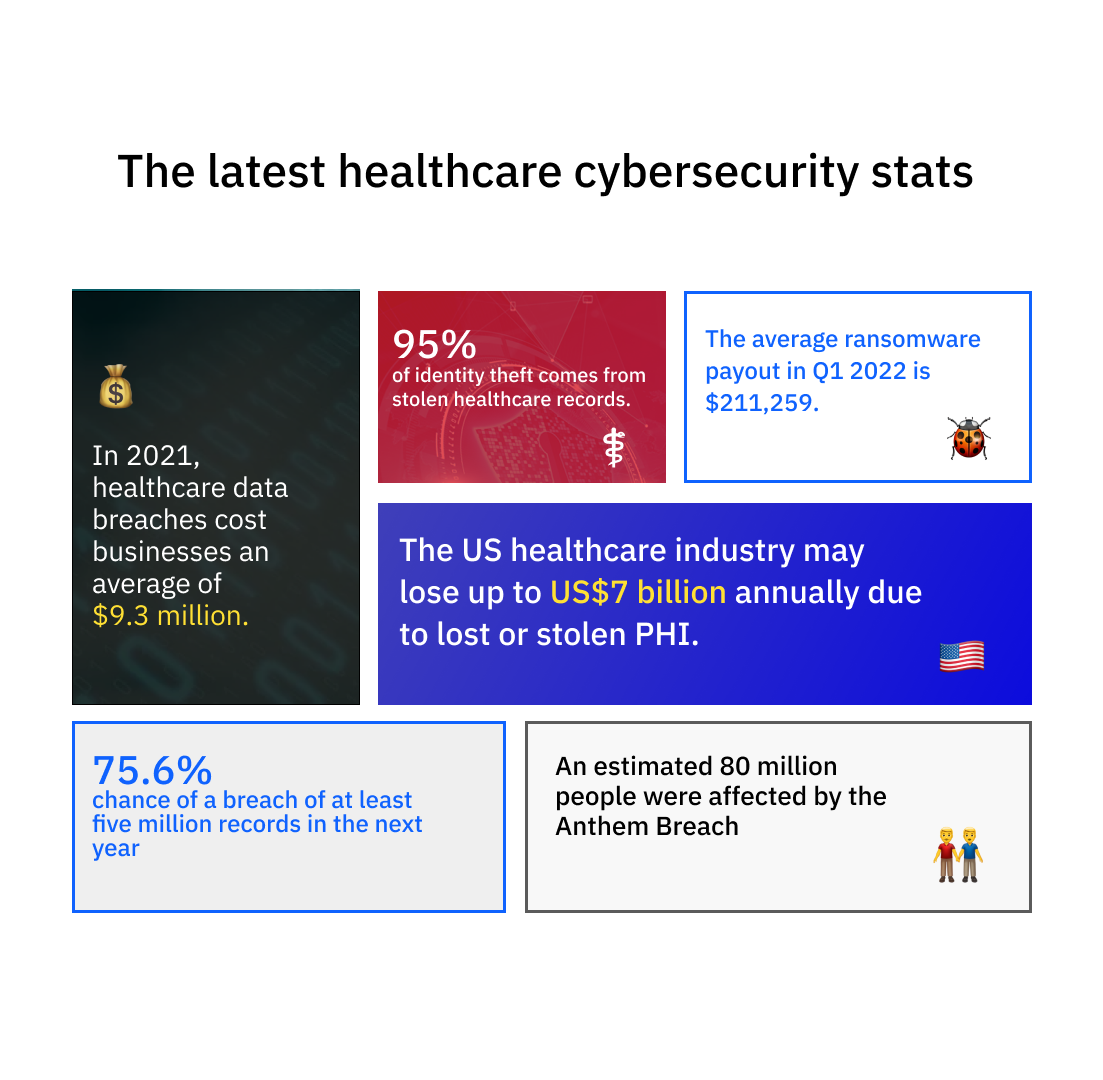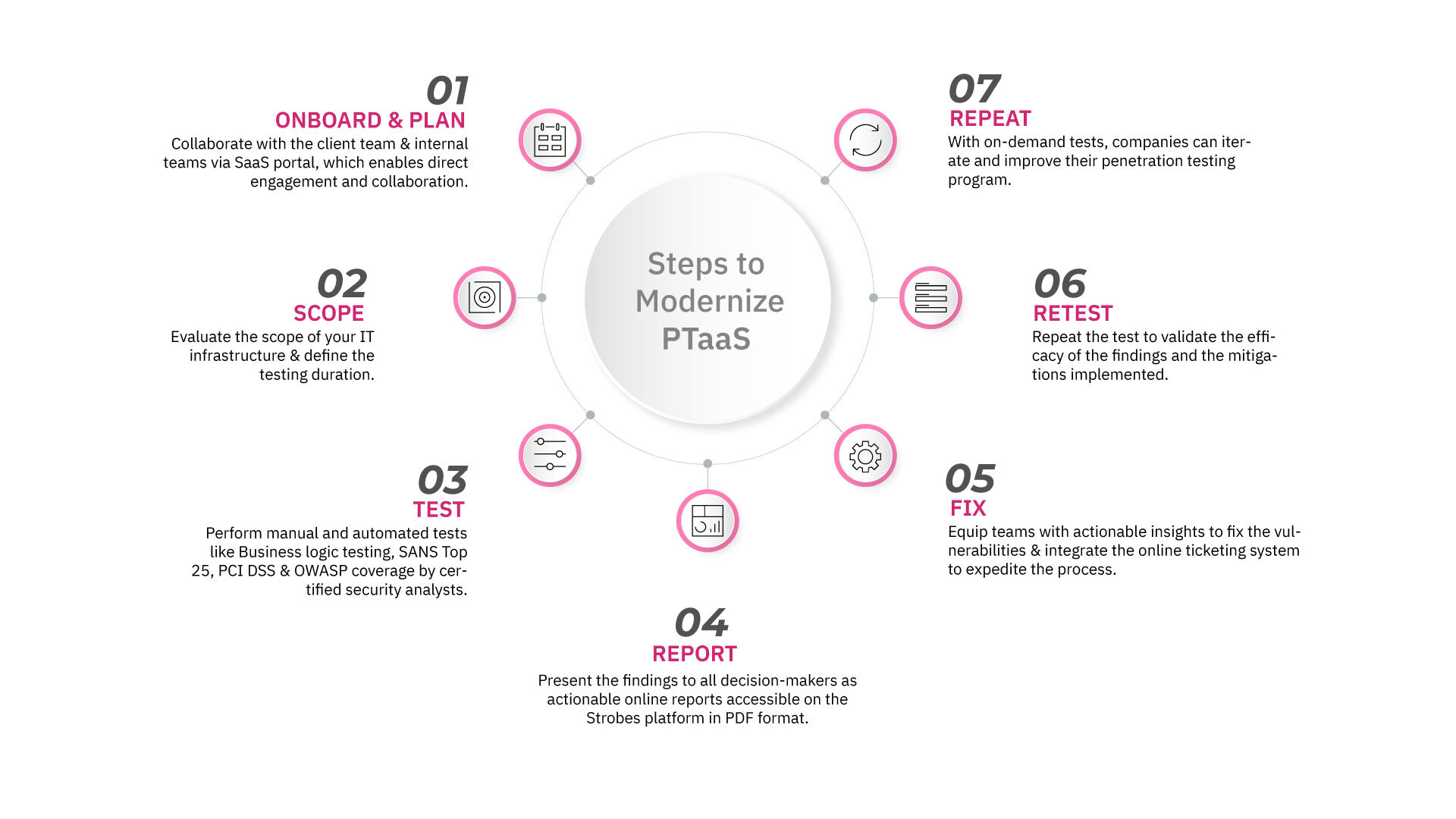While the COVID-19 pandemic brought the world together to advance medical research and slow the spread of the disease, it should come as no surprise that cyber threat actors exploited the pandemic for personal gain.
While a cybersecurity incident can affect any industry, the nature of the health and human services industry’s mission poses particular difficulties. Because of strained technology budgets, large amounts of sensitive information, and the devastating effects that cyber attacks can have on patient care, the healthcare sector has become an especially valuable target for cybercriminals.
“At least 125 healthcare companies’ electronic data breaches have been disclosed since the beginning of April, according to a list compiled by HHS.”
Worse yet, many healthcare organizations are simply unprepared to defend their networks against cyber attacks. This lack of readiness against cyberattacks is more than an inconvenience or a financial burden; by affecting continuity of care, it can impede critical services and put patients’ health and wellbeing at risk.
Challenges in the healthcare industry
Healthcare is an essential need of the people, accounting for 10% of GDP for developed countries, so there’s an urge to protect the sector from cyber-attacks. Due to technological advancements and evolution, cybersecurity challenges have become more complex and demanding. Cybersecurity challenges have become more demanding and complex as technology advances.

Patient Dies After Dusseldorf University Hospital Cyber Attacks
An article from the BBC in 2020 covers the first instance where a cyberattack caused a patient’s death. In the incident, a patient was scheduled for critical treatment at Dusseldorf University Hospital when a ransomware attack disabled their medical devices.
As a result of their newly limited capability to provide adequate care, the hospital was forced to transfer their patient to another hospital located 19 miles (30 kilometers) away. It was tragically discovered that the patient had died in the process of transfer. German prosecutors launched a homicide investigation to determine if the threat actors were responsible for negligent homicide. If successfully prosecuted this could set a precedent for incidents like this one in the future.
Increasing Cyber Attacks in Health Care Sector
According to the Cyber Peace Institute, an unaffiliated nongovernmental organization whose goal is to guarantee peoples’ rights to security in cyberspace, there were 426 cybersecurity incidents against healthcare institutions between June 2020 and May 2022, or around four per week, in 38 countries.
The threat actors are particularly interested in healthcare institutions for the following reasons:
- The infrastructure is at risk because of the antiquated technologies employed in hospitals.
- Private patient information is extremely valuable to hackers.
- The healthcare staff is unprepared for the perils of the internet.
- Medical IoT devices are simple to hack.

The Solution
Penetration testing (Pentesting) in a way that is quicker than conventional methods while still producing excellent results manner for healthcare firms who want to improve their cybersecurity posture. As part of the vulnerability assessment process, analysts conduct penetration tests in which they look for potential gaps and try to take advantage of them. Consider penetration testing as your company’s MRI. It’s a means to see evidence of any issues your security systems may have and a way to test the standards you think are in place for real-world security.
You might need to do both an internal and an external penetration test, depending on your security requirements. An internal penetration test is when penetration testers examine systems inside your organization’s network without having access to PHI. An external penetration test is one in which penetration testers examine your organization’s network from the perspective of a public open network (such as the Internet).

Conclusion
To facilitate real-time cooperation and quicker cleanup, Strobes PTaaS blends the human experience of Pentesting with the effectiveness of a SaaS delivery platform. By switching from sporadic Pentesting to ongoing, on-demand Pentesting services, the delivery can be raised to a new level.
The only thing we can do to combat cyberattacks is to get ready by securing our networks, gadgets, and personal computers. The healthcare industry is in serious need of adequate cybersecurity protection because it oversees millions of people’s lives and personal information. They will be better prepared to defend against upcoming cyber threats by putting these procedures in place and avoiding careless human errors.
As we continue in 2022, healthcare organizations must be wary not only of their own cybersecurity posture, but also of third-party vendors with access to data and networks. We are seeing more cybersecurity awareness and proactive approaches in this sector, but there is still a long way to go.
Experience faster collaborations and better results with platform enabled pentesting provided by the best white hats – Explore PTaaS








